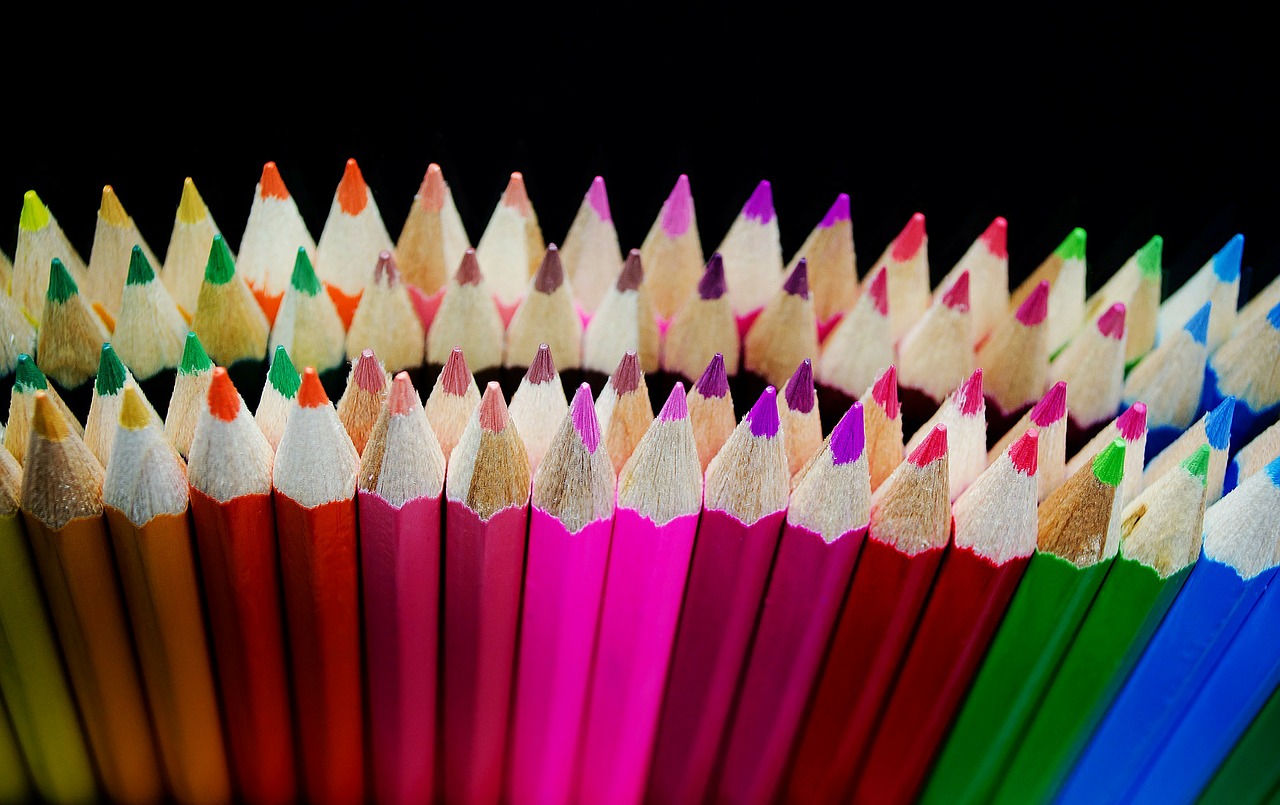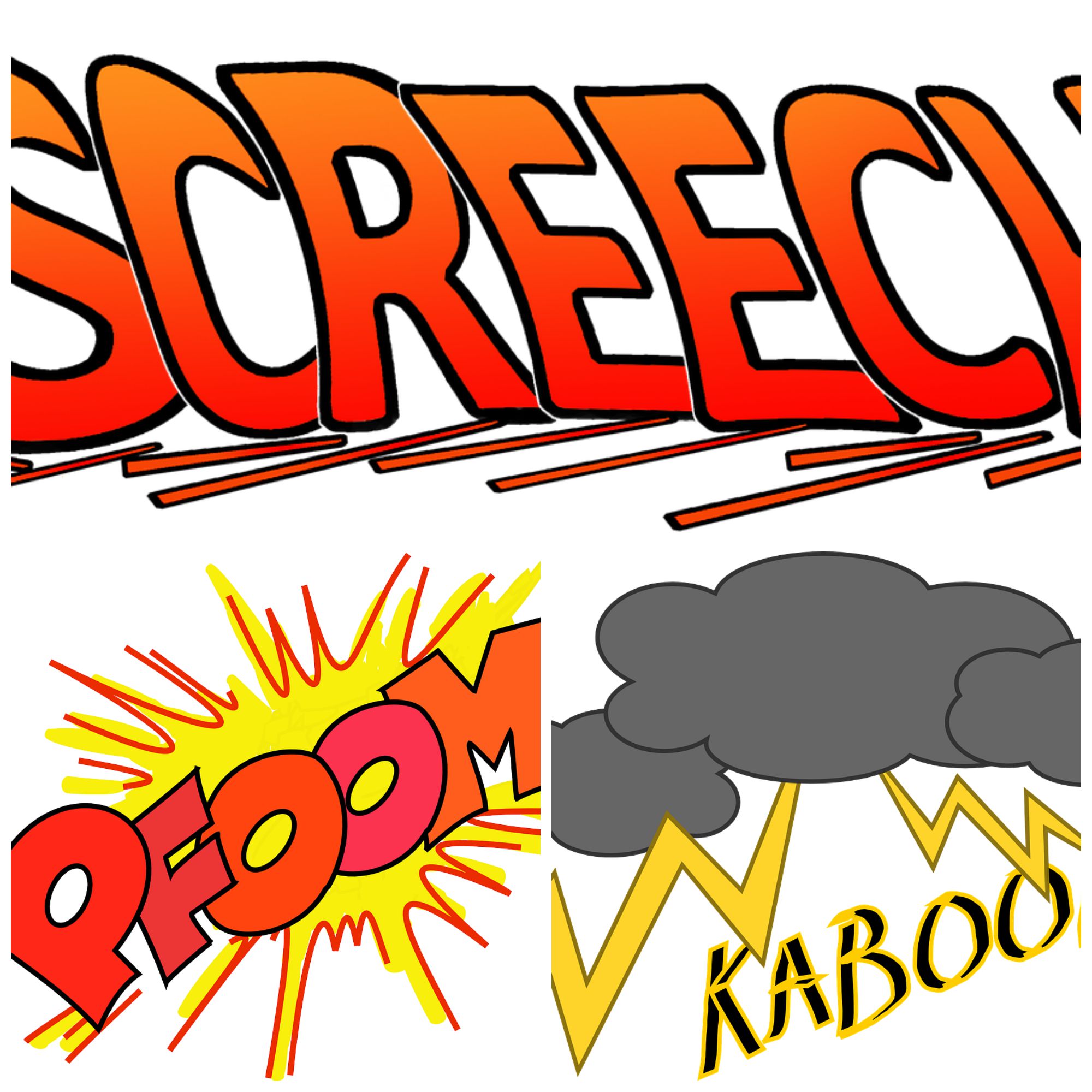
Guest Posts
Do You Know These Benefits of Writing Poetry?
Poetry is such a beautiful form of literature. It allows you to say so much without having to write…
January 26, 2021
Poetry is such a beautiful form of literature. It allows you to say so much without having to write…
January 26, 2021
How you create sound in your poetry will make it bloom or wilt. The whole purpose of a poem…
May 5, 2016
One unique attribute of poetry is the way it sounds. Using special techniques, such as alliteration, can bring your poems to life…
March 5, 2016
‘Twas the evening before Christmas, and through the entire shack Not a soul moved, especially tiny rat. If Clement…
December 9, 2015
Onomato-what? Onomatopoeia is what makes your picture books pop! It’s the smooth, silky, wispy words that tap into other…
August 11, 2015